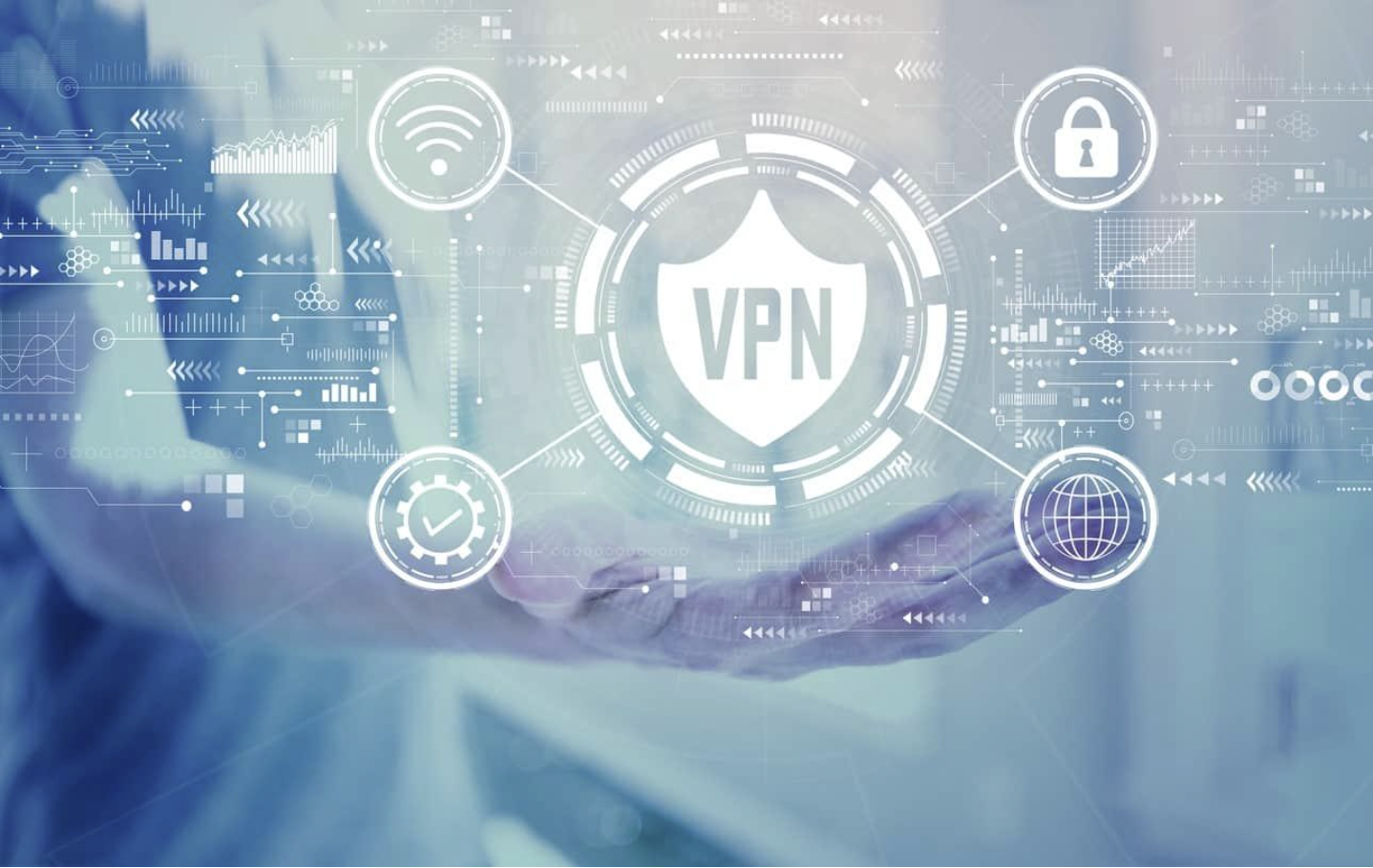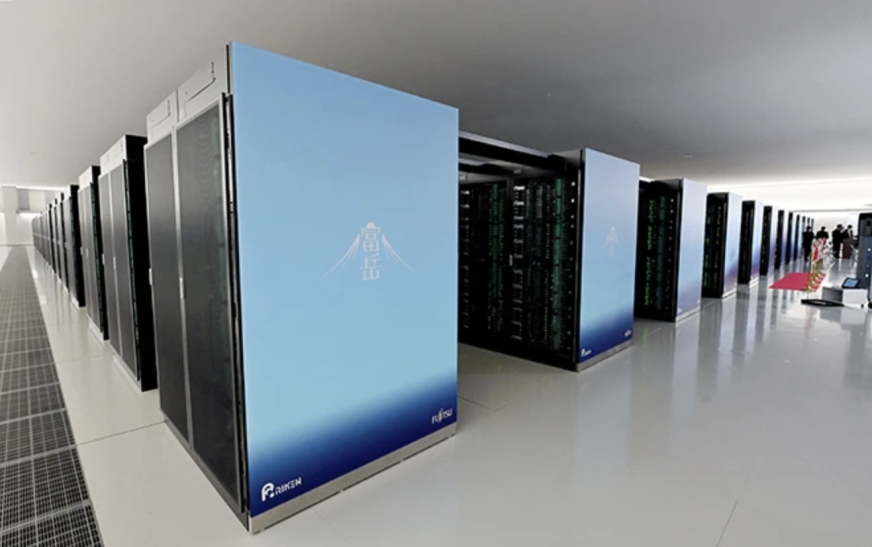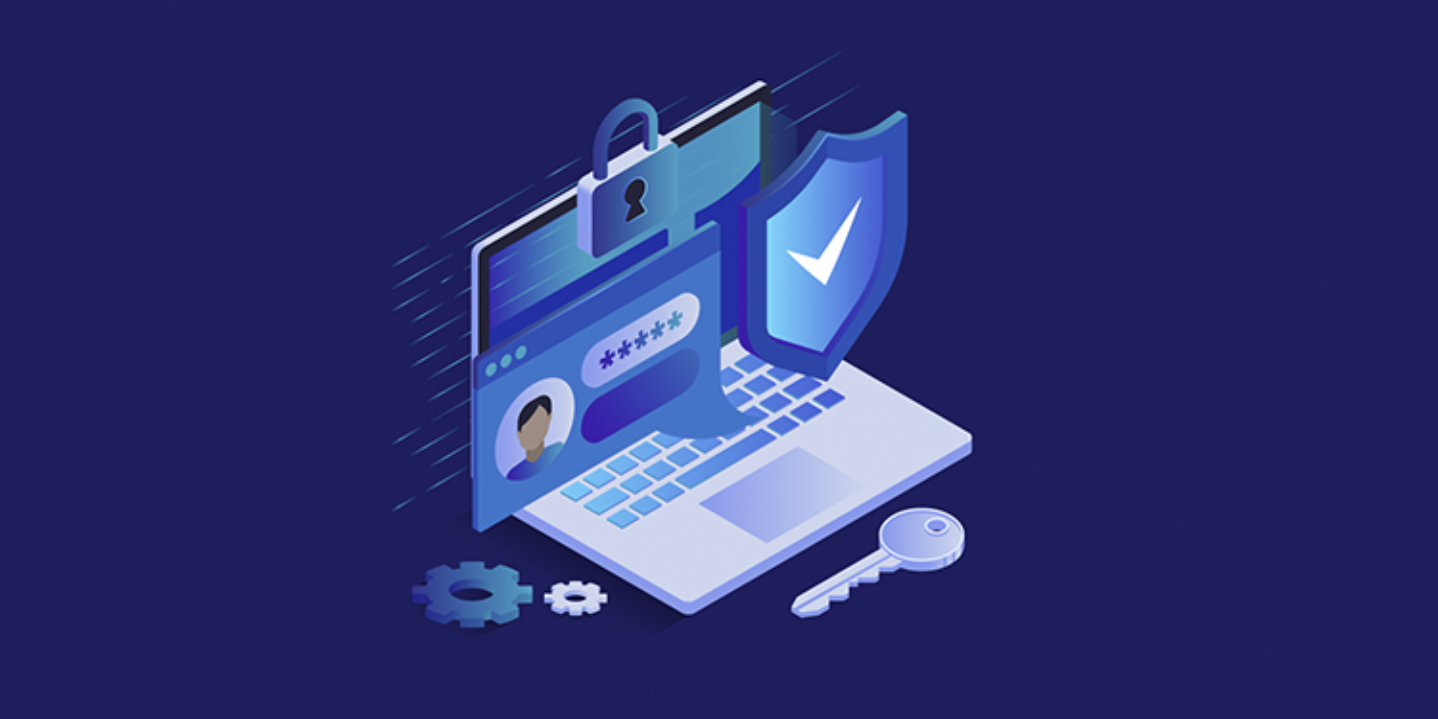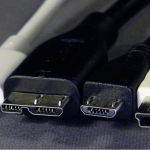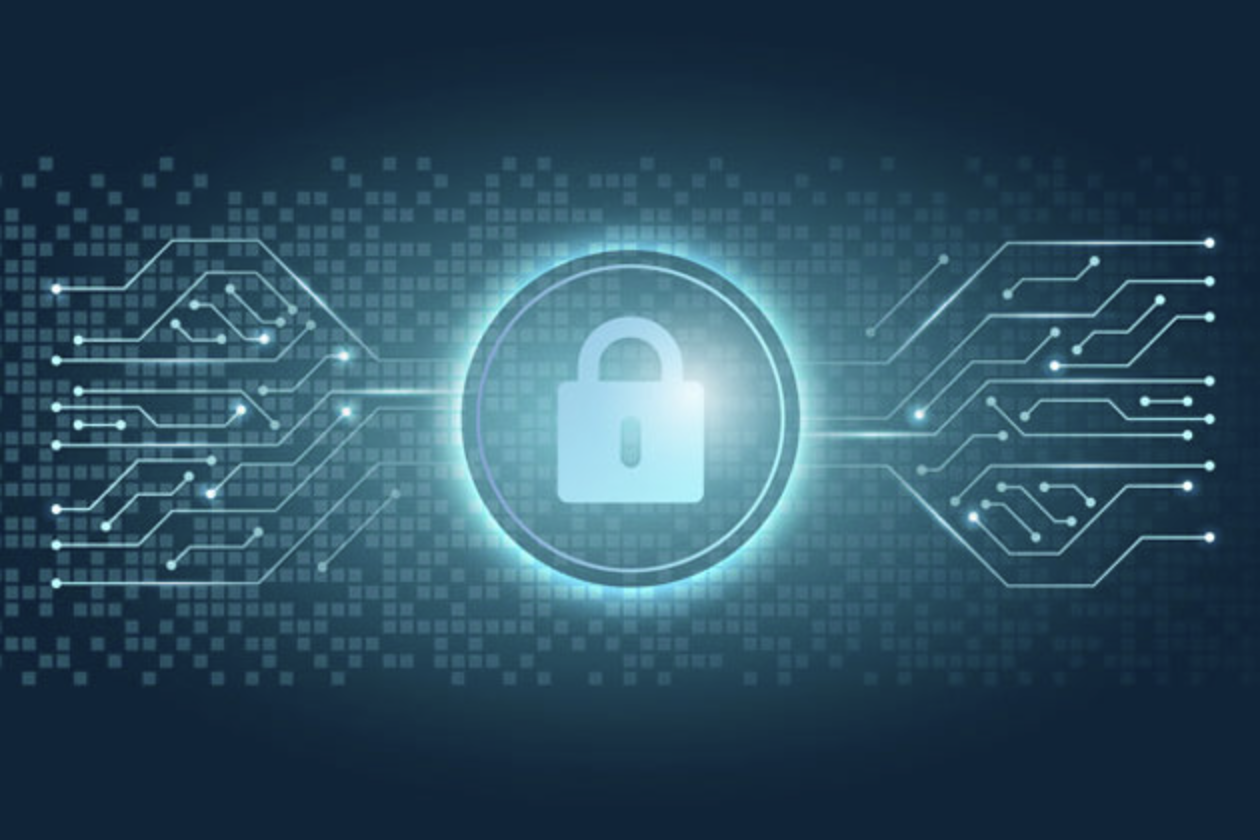
Cloud Security: How Your Data Is Protected
What Is Cloud Security?
Cloud security is a set of rules, regulations, processes, and technologies that work together to protect cloud-based services, data, and infrastructure. These protocols are designed to ensure the safety of your data, comply with legal requirements, and safeguard user privacy. Cloud security measures also manage access control, setting authentication standards for both users and devices. It can be tailored to meet the specific needs of your business by controlling access and filtering traffic. By centralizing these measures, cloud security minimizes administrative overhead, allowing IT departments to focus on other important tasks.
The responsibility for maintaining cloud security is shared between the cloud service provider and the customer. While the provider handles many aspects of security, the customer also plays a key role in ensuring their own cloud environment is secure.
How Is Your Data Protected?
Cloud service providers use a range of methods to protect your data:
- Firewalls: Firewalls are essential for cloud security, acting as a barrier that protects the network perimeter and secures traffic between various applications stored in the cloud.
- Access Controls: These allow you to set permissions for who can access certain data. For example, you can restrict access to sensitive information, allowing only specific users to view or edit it.
- Data Masking: This technique encrypts sensitive information (like addresses or social security numbers) to keep it private while still allowing the system to function properly.
- Data Security: Technologies like Virtual Private Networks (VPNs) and encryption help secure data, especially for remote workers accessing corporate networks from devices like smartphones and tablets.
Cloud Security Is a Shared Responsibility
Cloud security is a shared responsibility between the service provider and the customer. You are responsible for securing your own space in the cloud, even if you’re using a cloud managed by someone else. One of the most common causes of security breaches is a lack of proper due diligence. Cloud encryption, for instance, is a task that both the provider and the customer need to handle.
The division of responsibilities varies depending on the type of cloud service model:
- Software as a Service (SaaS): Consumers are responsible for protecting their data and controlling device access.
- Platform as a Service (PaaS): Customers must protect their information, user access, and applications.
- Infrastructure as a Service (IaaS): Customers are responsible for securing their files, user rights, software, operating systems, and network traffic.
Security Issues in Cloud Computing
While cloud computing offers many benefits, it also comes with its own set of security concerns. One of the biggest challenges is clearly defining who is responsible for each aspect of security. This confusion is compounded by the lack of a unified API. According to the Cloud Security Alliance, some of the key risks include:
- Vulnerable interfaces
- Shared technology risks
- Insider threats
- Account hijacking
- Data breaches or loss
- Backup failures
- Insecure APIs
- Denial of service attacks
Are Public Clouds Secure?
Public clouds are generally secure for many types of workloads, but they aren’t suitable for all environments. A major concern with public clouds is the lack of isolation, as they allow multiple tenants (users) to share the same infrastructure. While public clouds offer benefits, such as scalability and cost-effectiveness, they can be vulnerable to attacks if not properly managed.
To mitigate these risks, companies can implement additional security measures like encryption and Distributed Denial of Service (DDoS) mitigation techniques. These measures help shield workloads and sensitive data, even in a multi-tenant environment.
Why You Should Embrace “Zero Trust”
The Zero Trust model is based on the idea that you should never automatically trust anyone or anything, whether inside or outside your network. Instead, every request should be verified and validated. This model helps reduce security risks by implementing the principle of least privilege, which ensures users only have access to the resources they need to do their jobs.
Zero Trust networks also use micro-segmentation, which divides the network into smaller, more secure zones. This helps protect sensitive data by isolating workloads and limiting the movement of malicious traffic within the network. By taking a more granular approach to security, Zero Trust strengthens cloud network protection and makes it harder for attackers to move freely within the system.

